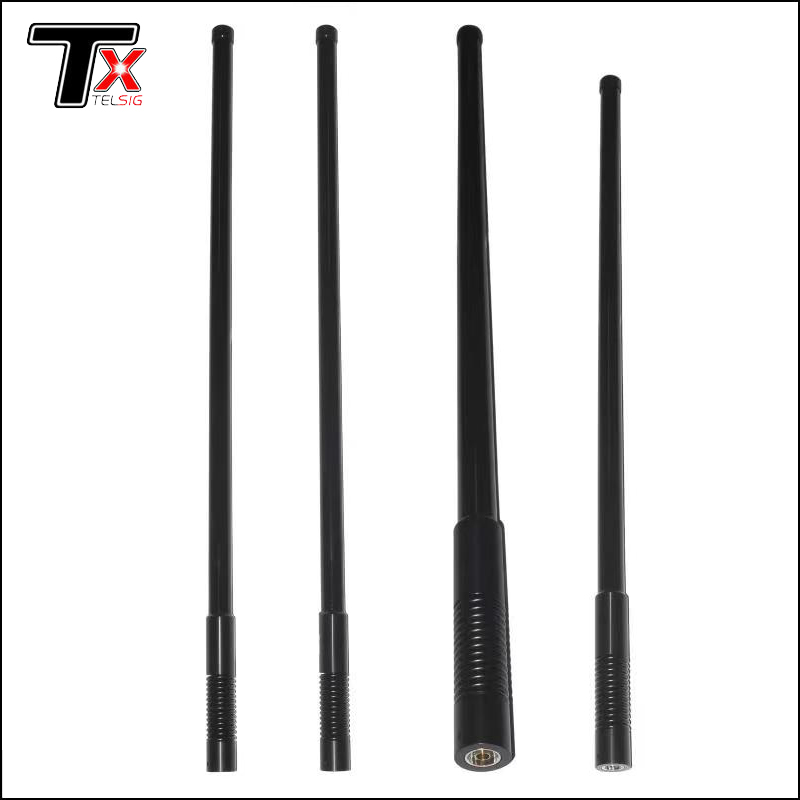Key Features of Manpack Drone Jammers
2024-06-15
A Manpack Drone Jammer is a portable, tactical device designed to disrupt or neutralize the operation of drones. These jammers are used by military, law enforcement, and security personnel to protect sensitive areas, vehicles, and personnel from unauthorized or hostile drone activity. Here’s a detailed look at the features, functionality, applications, and considerations for Manpack Drone Jammers:
Key Features
1. Portability:
- Compact Design: Designed to be lightweight and easily transportable, often with a rugged, durable casing to withstand harsh environments.
- Manpack Form Factor: Typically carried on the back like a backpack, enabling mobility and ease of deployment in various terrains.
2. Jamming Capabilities:
- Frequency Bands: Capable of jamming multiple frequency bands commonly used by drones, including GPS, Wi-Fi, Bluetooth, and remote control frequencies.
- Power Output: Varies depending on the model, with some jammers providing sufficient power to disrupt drones at distances ranging from hundreds of meters to several kilometers.
3. Control and Interface:
- User-Friendly Interface: Features simple controls and displays for easy operation by personnel without extensive technical training.
- Selectable Modes: Options to choose different jamming modes or frequencies to target specific types of drones or communication protocols.
4. Range and Effectiveness:
- Effective Range: Depends on the power of the jammer and the type of drone. Higher-powered models can jam drones at longer distances.
- Adaptive Jamming: Advanced models may include adaptive jamming technologies to counteract anti-jamming technologies used by drones.
5. Additional Features:
- Battery Life: Equipped with long-lasting batteries to ensure operational capability over extended periods without frequent recharging.
- Signal Detection: Some models include detection and monitoring features to identify and track drone signals before jamming them.
Applications
1. Military Operations:
- Force Protection: Used to protect military personnel and assets from hostile drone threats on the battlefield.
- Area Denial: To establish exclusion zones by disrupting enemy drone operations in specific areas.
2. Law Enforcement and Security:
- Crowd Control: Employed in public events or protests to prevent unauthorized drone surveillance or attacks.
- Facility Protection: Used to safeguard critical infrastructure, government buildings, and high-security areas from drone intrusions.
3. Critical Infrastructure Protection:
- Energy Facilities: Protecting power plants, refineries, and other critical infrastructure from drone-based attacks or espionage.
- Airports and Transportation Hubs: Ensuring the safety and security of airspace and transportation facilities by neutralizing unauthorized drones.
Considerations
1. Regulatory Compliance:
- Legal Restrictions: Compliance with local and international laws regarding the use of jamming technology, as jamming signals can interfere with other communication systems.
- Certification and Licensing: Ensuring that the jammer is legally purchased, owned, and operated under the applicable regulations.
2. Technical Specifications:
- Frequency Coverage: Verifying the jammer’s ability to cover the necessary frequency bands used by the target drones.
- Power and Range: Selecting a model with sufficient power and range based on the operational environment and threat assessment.
3. Training and Operation:
- User Training: Providing proper training for operators to ensure effective and safe use of the jammer.
- Maintenance and Support: Ensuring ongoing maintenance and technical support for the jammer to keep it in optimal working condition.
Future Trends
1. Advanced Technologies:
- Machine Learning and AI: Integration of AI and machine learning for advanced detection, identification, and jamming capabilities.
- Multi-Function Devices: Development of jammers that can simultaneously perform multiple functions, such as detection, jamming, and communication interception.
2. Improved Portability and Battery Life:
- Lightweight Materials: Use of advanced materials to reduce weight without compromising durability.
- Extended Battery Technology: Development of more efficient battery technologies for longer operational periods.
3. Integration with Other Systems:
- Networked Defense Systems: Integration with broader defense and security networks for coordinated response to drone threats.
- Remote and Autonomous Operation: Advancements in remote control and autonomous operation capabilities to enhance deployment flexibility.
In summary, Manpack Drone Jammers are critical tools in modern security and defense strategies, offering portable and effective solutions for countering drone threats. As technology advances, these jammers are likely to become even more sophisticated, enhancing their capabilities to protect against the evolving threat landscape of unmanned aerial systems (UAS).



